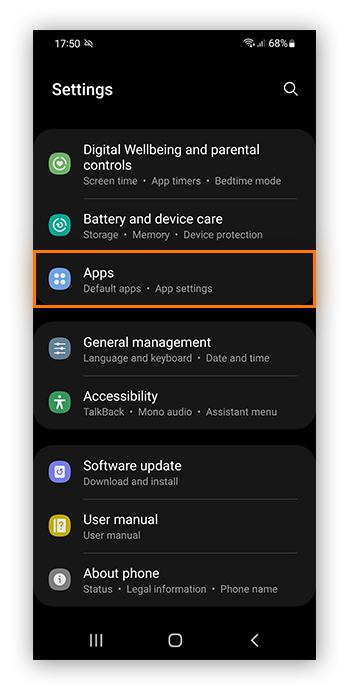

SMS - read, receive, and send MMS and SMS messages.Īn app will always ask you to confirm its permissions the first time you run it, but you can always go back and readjust your preferences at a later date by digging through your phone’s settings menu.Physical activity - access your physical activity logs, such as step count and exercise info.Required for making calls and VoIP, voicemail, call redirect, and editing call logs. The target SDK version isn’t set (or set below 4) which causes the manifest merger to assume the SDK version is lower than 4 and the system will implicitly grant the READPHONESTATE permission to the app. Phone - access your phone number and network info.Nearby devices - whether an app can find, connect to, and determine the position of other nearby devices.Microphone - used for recording audio, including for video.Location - access your location using GPS for high accuracy, and cellular data and Wi-Fi for approximate accuracy.If the user selects this option in the dialog, your app is granted a temporary one-time permission. Files and media - access to your files, media, photos, and basically anything else stored on your phone’s memory. Starting in Android 11 (API level 30), whenever your app requests a permission related to location, microphone, or camera, the user-facing permissions dialog contains an option called Only this time, as shown in Figure 2.Contacts - read, create, or edit your contact list, as well as access the list of all accounts used on your device. Apps often seek permissions to access your information or how they want to use it on an Android device.
#Check app permissions android phone code#
Step 2 Add the following code to res/layout/activitymain.xml. Apps that support the new model request permissions when the app actually requires the services or data protected by the services. Step 1 Create a new project in Android Studio, go to File New Project and fill all required details to create a new project. Android 6.0 Marshmallow introduced a new permissions model that lets apps request permissions from the user at runtime, rather than prior to installation.

This method returns either PERMISSIONGRANTED or PERMISSIONDENIED, depending on whether your app has the permission. Calendar - allows apps to read, create, edit, or delete your calendar events. To check if the user has already granted your app a particular permission, pass that permission into the ContextCompat.checkSelfPermission() method.Body Sensors - allows access to your health data and step count from paired heart-rate monitors, fitness trackers, and other sensors.Most of Android’s app permissions are self-explanatory, but here’s a breakdown of what each one actually means.


 0 kommentar(er)
0 kommentar(er)
